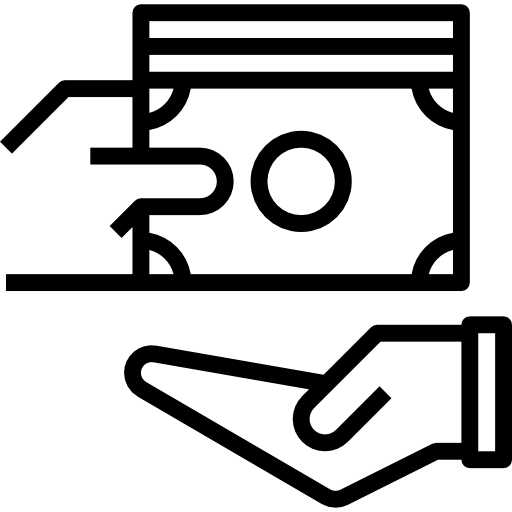Introduction
Exchange rates play a crucial role in Nepal’s economy, affecting trade, remittances, and inflation. The Nepal Rastra Bank (NRB), the central bank of Nepal, regularly updates foreign exchange rates based on market trends. Whether you are a business owner, a traveler, or someone receiving remittances, understanding exchange rates is essential.
What is the Nepal Rastra Bank Exchange Rate?
The Nepal Rastra Bank publishes daily foreign exchange rates for major currencies like the US Dollar (USD), Euro (EUR), British Pound (GBP), Indian Rupee (INR), and others. These rates are determined based on international market fluctuations and Nepal’s economic policies.
How is the Exchange Rate Determined?
NRB sets exchange rates using the following factors:
- Foreign Exchange Market Trends: International supply and demand of currencies.
- Inflation Rate: Higher inflation leads to a weaker Nepalese Rupee (NPR).
- Interest Rates: Higher interest rates attract foreign investments, strengthening the NPR.
- Government Policies: Monetary policies and trade regulations influence exchange rates.
- Remittances & Imports: Nepal’s economy heavily relies on remittances, affecting the NPR’s strength.
Daily & Fixed Exchange Rate in Nepal
1. Daily Exchange Rate
NRB publishes daily exchange rates based on international market trends. These rates fluctuate depending on global economic conditions.
2. Fixed Exchange Rate for INR
Unlike other currencies, the Nepalese Rupee (NPR) is pegged to the Indian Rupee (INR) at a fixed rate of 1.6 NPR per INR. This helps stabilize the Nepalese economy and trade relations with India.
How to Check the Latest Exchange Rate?
To check the latest Nepal Rastra Bank exchange rate:
- Visit the official NRB website.
- Navigate to the Foreign Exchange Rates section.
- View the latest buying and selling rates for different currencies.
Impact of Exchange Rate Fluctuations in Nepal
1. On Import & Export
- A weaker NPR makes imports expensive, increasing product costs.
- A stronger NPR benefits importers but affects exporters negatively.
2. On Remittances
- A high exchange rate benefits families receiving remittances in foreign currency.
- A low exchange rate reduces the value of remittances.
3. On Tourism & Travel
- A lower NPR exchange rate makes Nepal an affordable destination for tourists.
- A stronger NPR increases travel costs for Nepalese citizens going abroad.
Tips to Get the Best Exchange Rate
- Compare exchange rates from different sources before exchanging currency.
- Use online forex tools to monitor rate trends.
- Avoid exchanging money at airports due to high conversion fees.
Conclusion
Understanding Nepal Rastra Bank’s exchange rate is essential for businesses, travelers, and those receiving remittances. Keeping track of exchange rate fluctuations can help you make better financial decisions.
Stay updated with the latest exchange rates by checking NRB’s official website and make informed currency exchange choices!













































